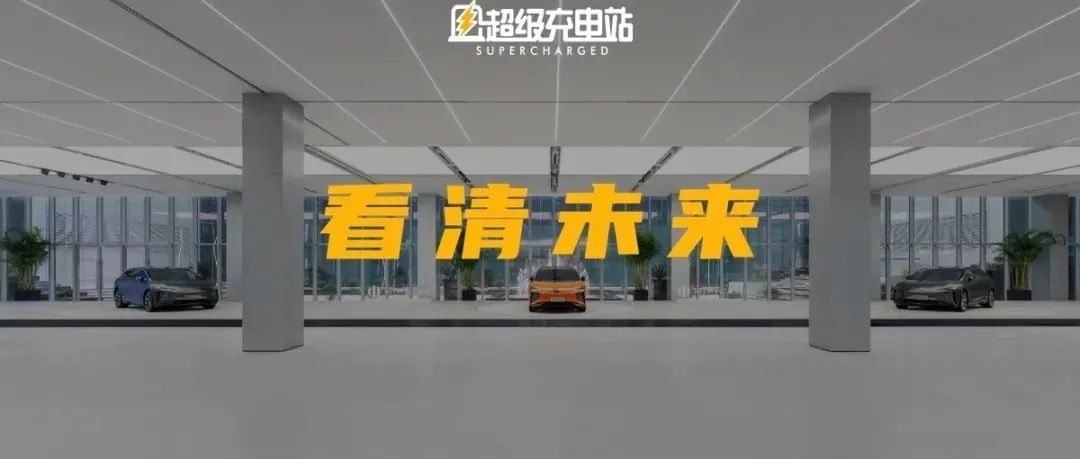Author: Chang Yan
Before the technology safety communication meeting, GAC Aion designed a special session for all the media to visit their newly completed Shanghai operation center.

I still remember the comments of a female senior after the visit. She said that she got two feelings after the visit, “First, GAC Aion is alive; Second, this is what it’s like to start a business with money”.
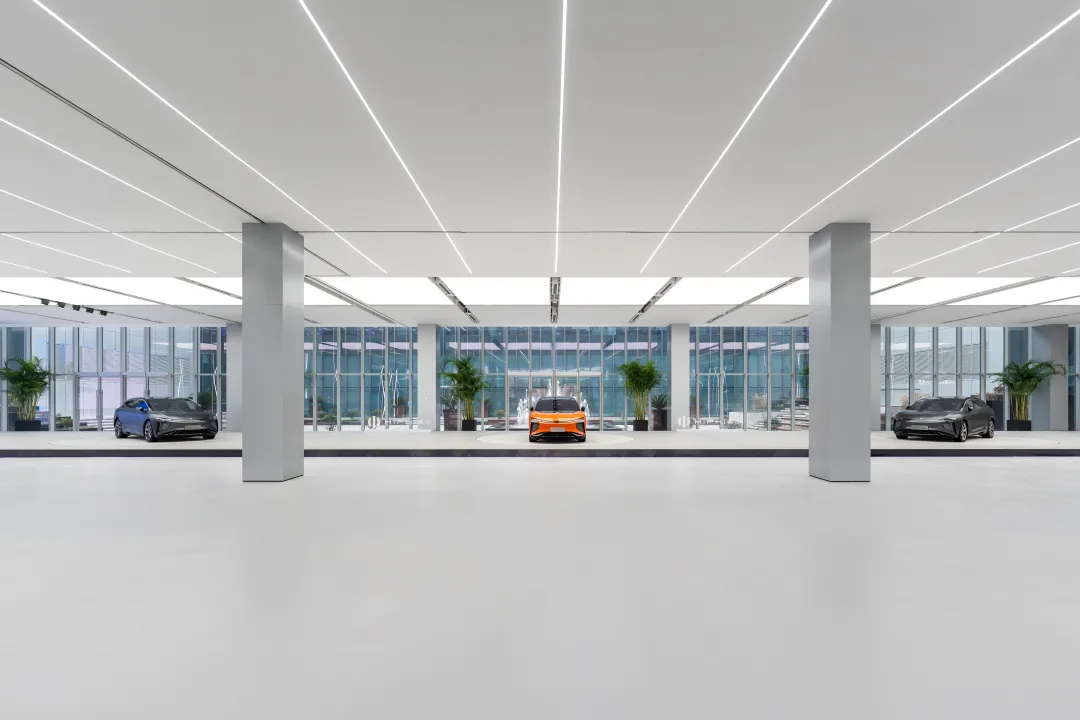
Indeed, compared to nearly all the headquarters of the car companies I visited, GAC Aion’s new center ranks at the top in terms of luxury.
However, the message that GAC Aion may want to convey most is a set of figures presented by Ding Lei, “Today I want to tell you that the actual production output of our factory was over a thousand in December last year, and the channel collection was also over a thousand. We delivered a total of 919 vehicles in that month, and the money has already been collected before delivery was possible.” For luxury electric vehicles above RMB 500,000, GAC Aion ranked first in sales for December, setting a new sales record. The cumulative sales from July to December 2021 were 3724 vehicles, ranking first among luxury electric vehicle sales in the second half of the year.
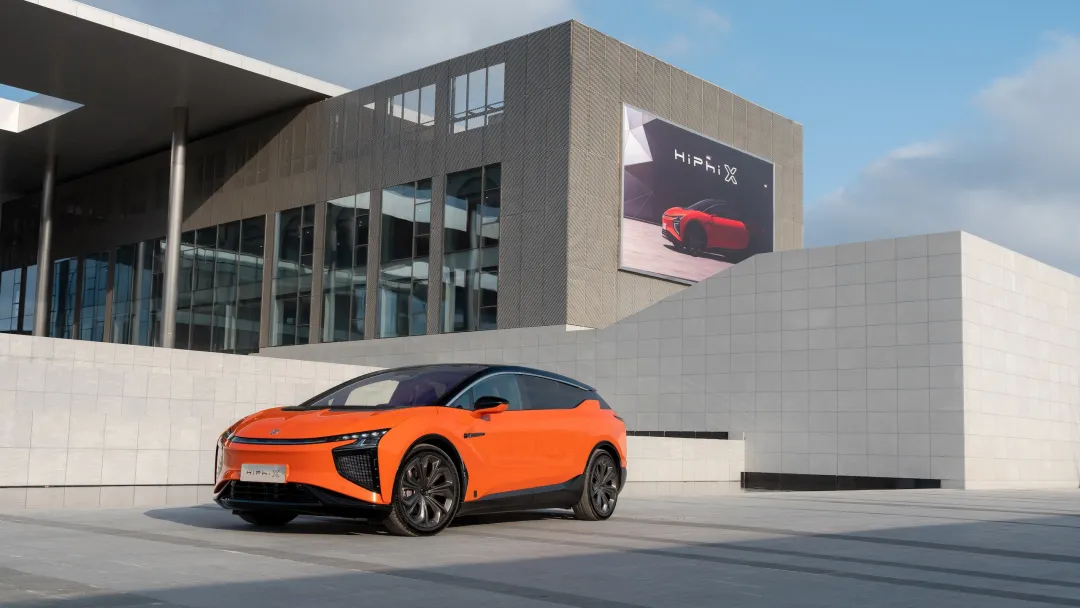
What made Ding Lei feel uneasy was the “unfair treatment” he received in the past. He recalled being questioned by a “very authoritative media teacher” in 2018 when he had just started his business, “When are you going to launch a car?”
In the following years, even though GAC Aion followed the procedures to advance their work, they faced newer challenges, including “Can you mass-produce this product?” “Can you actually sell this car?” “When will your monthly sales exceed 1,000?”
And now, “When will your monthly sales exceed 10,000?”
Ding Lei said that everyone should take a look at the price of our cars. Selling luxury cars is not easy. He calculated that the average selling price of GAC Aion’s cars is about RMB 700,000, and the revenue in December was RMB 700 million. “If we were selling cars priced at RMB 70,000 each, we would have already sold over 10,000 units”.
This is What a Luxury Car Looks Like
I believe that the core question and concern of media practitioners about GAC Aion is how the car is able to position itself in this price range, and this is the next session arranged by GAC Aion after “This is what it’s like to start a business with money”: “This is what a luxury car looks like”.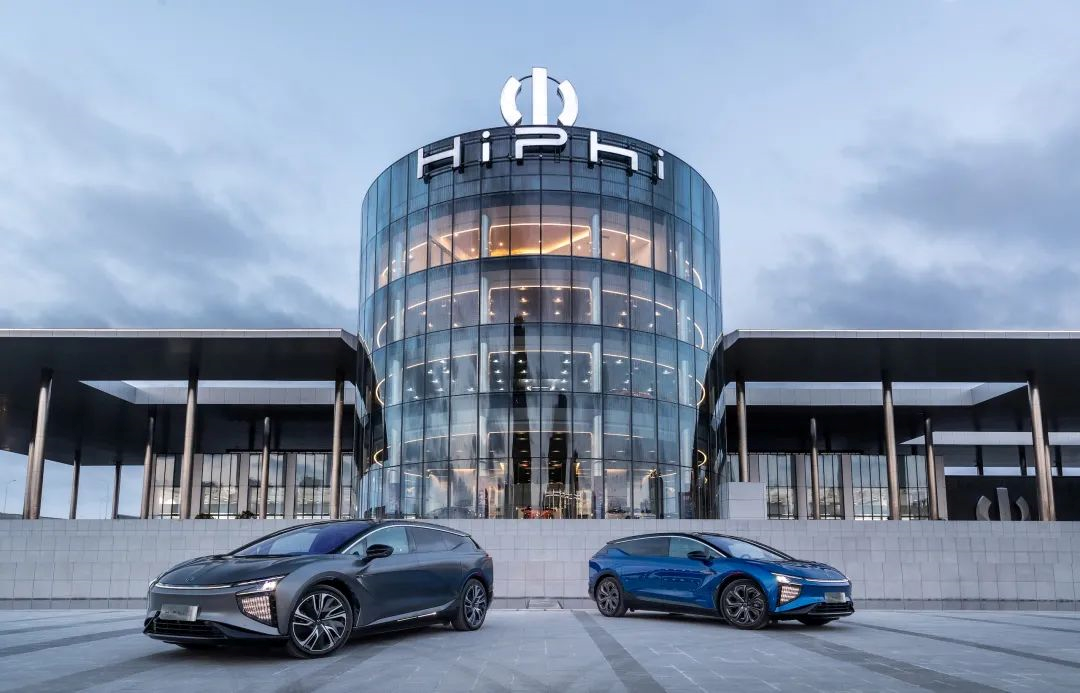
The first part is the system development stage of the design process.
When it comes to the HiPhi X car, it’s hard for people to look away from the doors, which is what Geely Holdings talked about the most in this part.
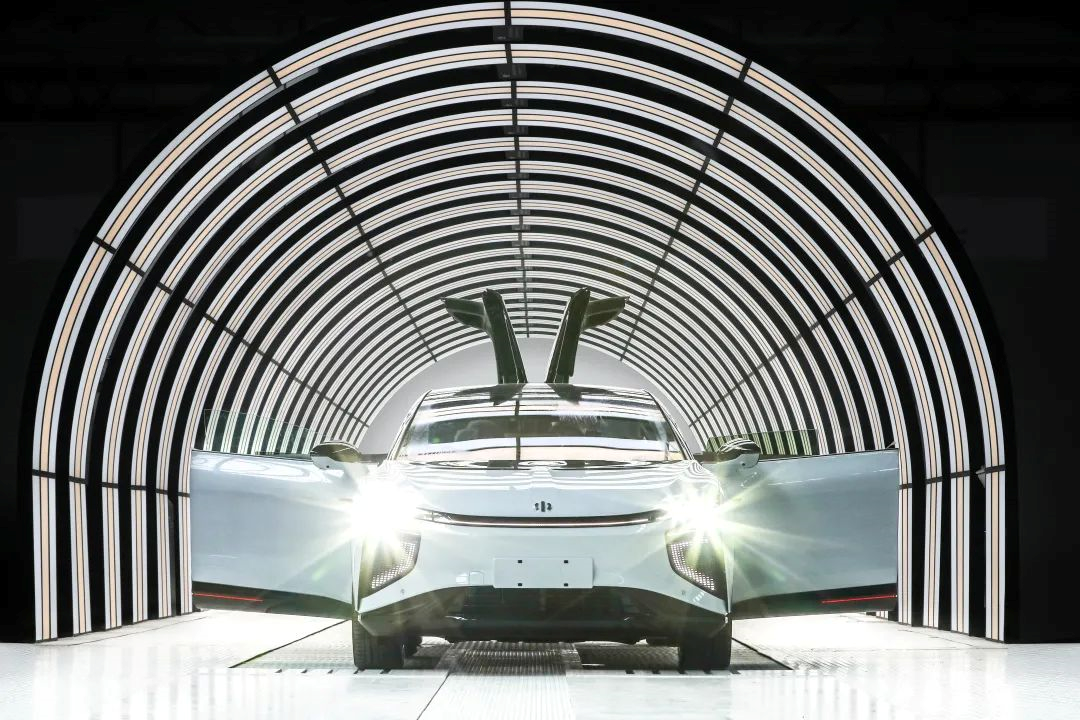
Geely says that although the doors seem to have different opening methods, they actually provide more escape routes. In the event of a rollover after a collision, one can still find a way to open the doors.
What people might be more concerned about is what happens if the doors cannot be opened after an accident. HiPhi X provides a redundant design on the doors. If one set is damaged, the other can be used as a backup. Even if both sets of circuits fail at the same time, the emergency cable on the four doors can still be used to physically open them.
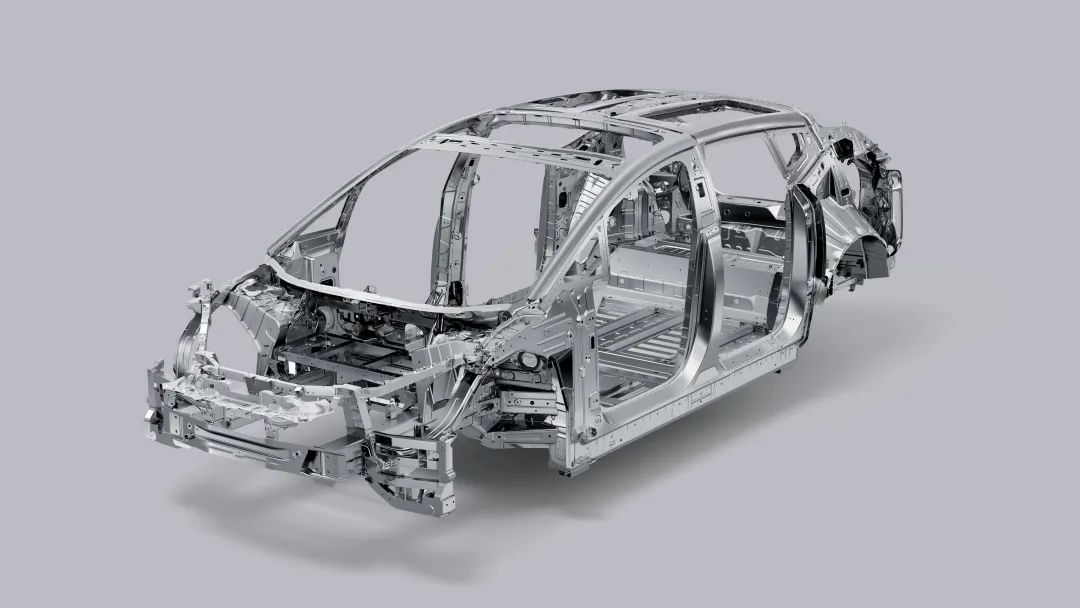
Even more interesting is Geely’s design for inclement weather such as rain and snow.
HiPhi X has a mechanism on the doors that can break ice with a 50 kg force, so you don’t have to worry about freezing up. There is also a rain sensor on the roof, and the overhead gull-wing doors will not open in heavy rain.
Ding Lei even stated directly that “the sealing of this system, including door locks, is Rolls-Royce level.”
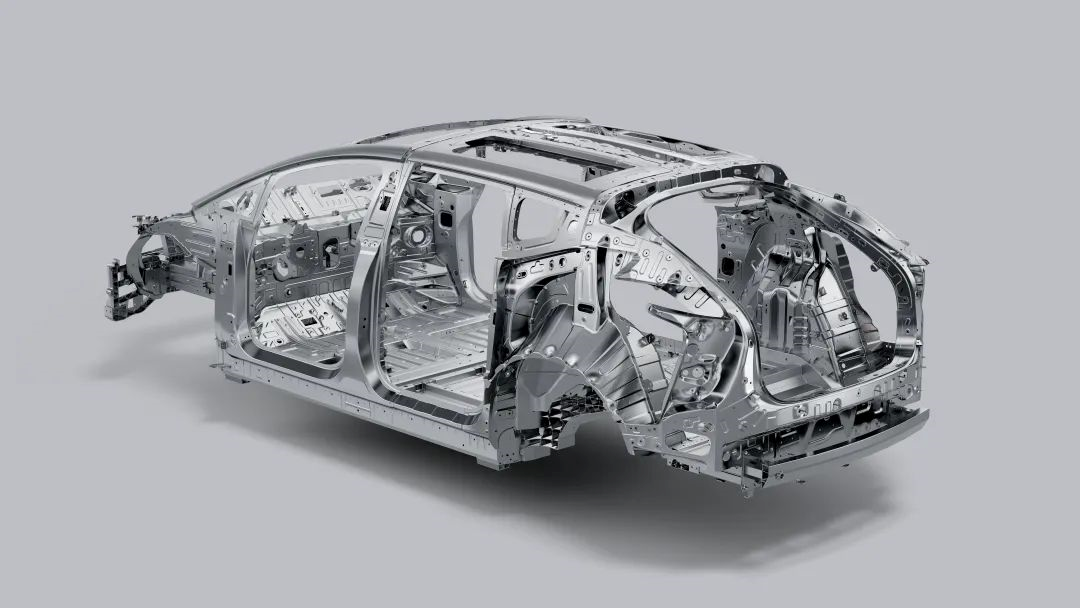
The second part is about intelligent safety.
What impressed me the most here was that instead of talking about doors, they switched to talking about lights.
For example, when driving in a dark environment, HiPhi X will use an infrared camera to detect pedestrians that you cannot see and use a 1.3 million pixel high-definition projection headlight to remind you that there are pedestrians here.
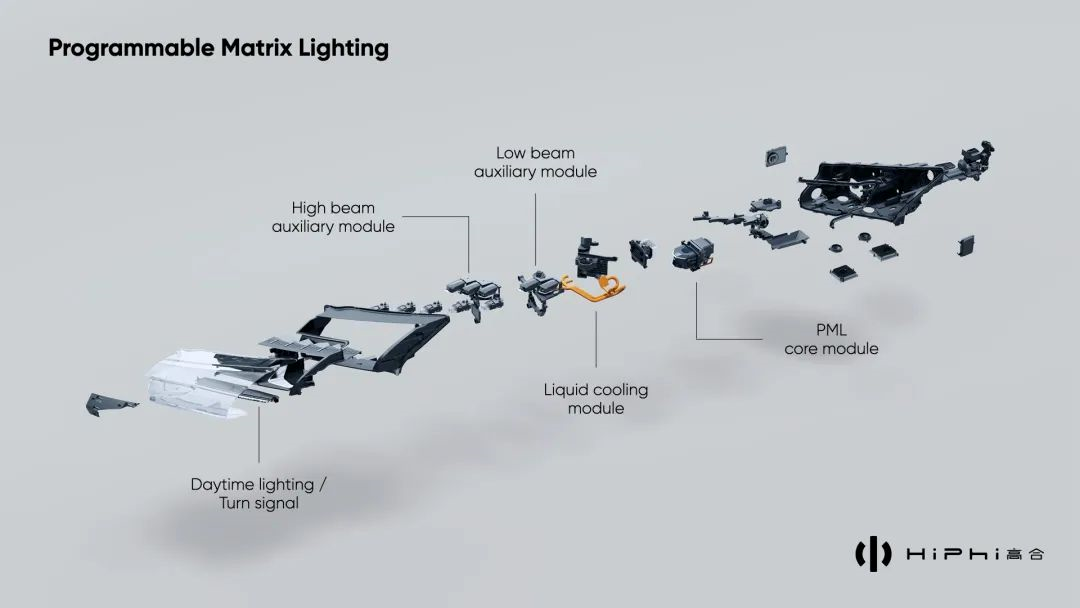
Another example is that “the car headlights can project a beam of light, showing you that as long as the beam can pass through, the car can pass through too.”
The concept of redundancy is once again mentioned here, and HiPhi X’s intelligent assistance system provides six redundant backups, including perceptual redundancy; braking system redundancy, steering redundancy, signal redundancy for controlling vehicle movements, and power redundancy for basic power management of intelligent vehicle control.
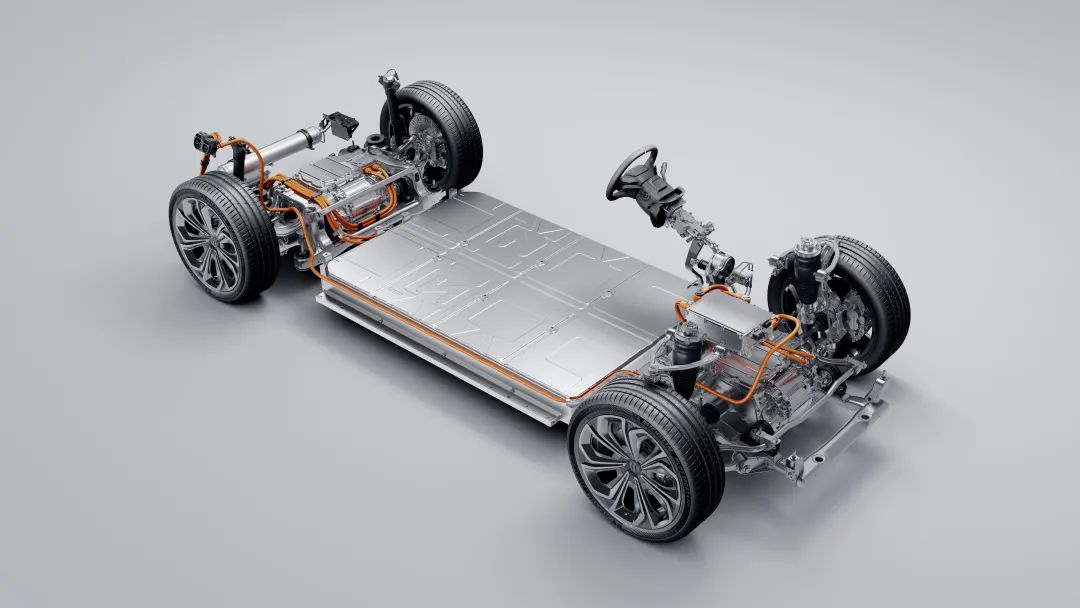 ## A Glimpse into GAC’s Product Philosophy
## A Glimpse into GAC’s Product Philosophy
The third part is the environmental-friendly cabin. We have talked about GAC’s interior materials before when introducing the company. We won’t go into detail here, but the deeper logic is that eco-friendly materials ensure human health and safety.
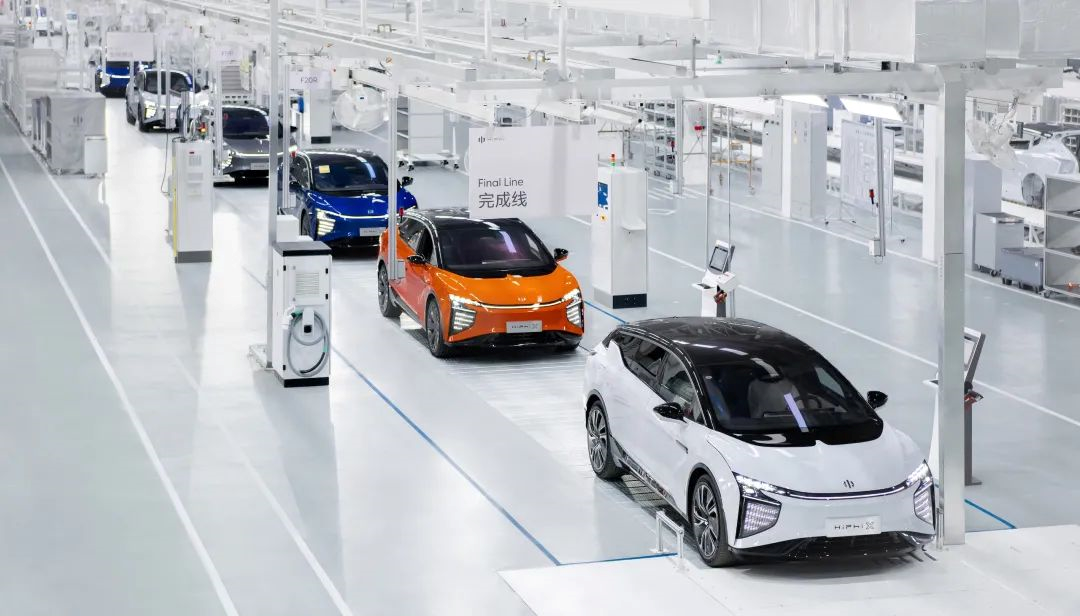
GAC’s products are imaginative and full of innovations. Using unconventional methods naturally raises questions about the underlying principles.
During the QA session, there were discussions about whether GAC’s use of new technologies could be considered immature.
Ding Lei’s response was straightforward: “It’s not that we use immature technology first in GAC; rather, GAC has the ability to use the most advanced technology.”
Two representative case studies were discussed.
First, regarding GAC’s use of Bosch’s developed N72 redundant system, Ding Lei said, “It has six motors fitted with another six motors, making up a total of 12. Our competitors only have six. This is the only N72 system developed by Bosch. Now some people say they have also adopted a redundant steering system, but they only have six items, and we have 12.”
In Ding Lei’s eyes, “These multinational companies’ suppliers never thought that a Chinese-run transportation company was a start-up. From the beginning, they regarded us as a multinational and a futuristic technology company. They thought we were knowledgeable and willing to give us the best technology.”
“We have had two or three decades of experience working with these suppliers. So everyone is relatively calm and reasonable in terms of pricing and terms. We discuss professional matters with professional suppliers.”
Second, regarding GAC’s visual heart rate detection, this technology also seems counterintuitive because the entire system does not have direct contact with the human body, but it can obtain heart rate data.
Ding Lei said, “It observes your capillaries, using algorithms to measure your heart rate and tension. When you turn red or get nervous, it will adjust the vehicle’s intelligent system to assist your driving.”
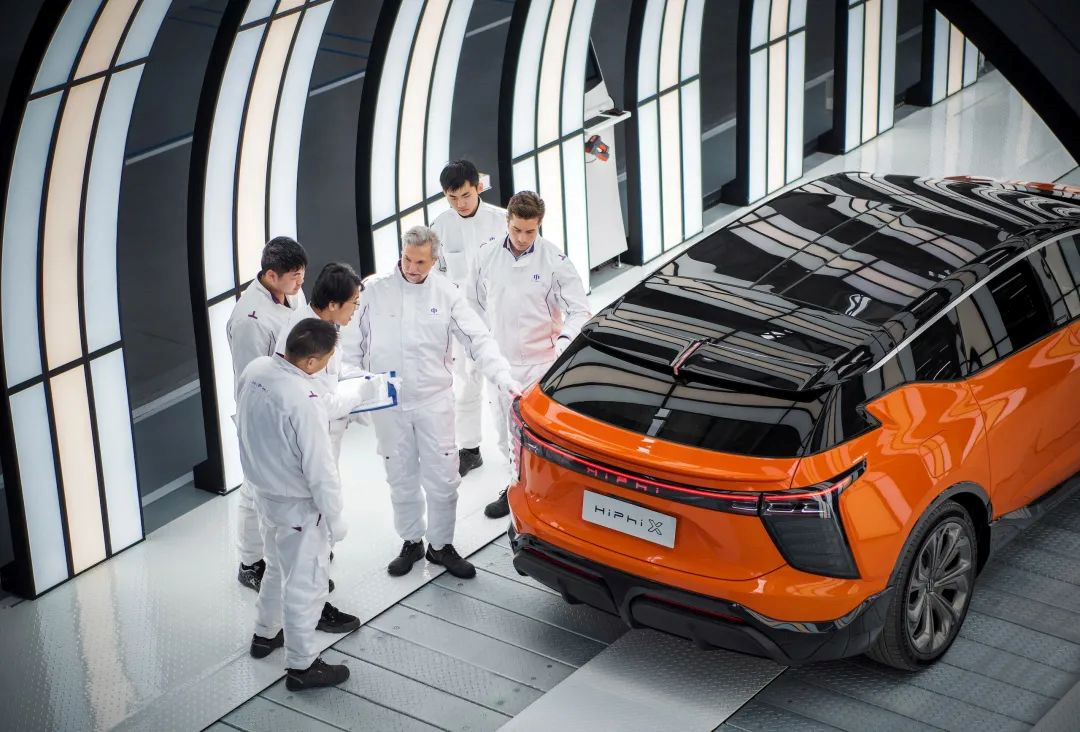 The system we see today is developed by a start-up company owned by Gaohe and located in Shenzhen. The primary business of this start-up company is to provide lie detectors to the public security and judicial systems. “The lie detector measures your facial expressions. If your blood vessels turn red, it means you’re nervous. So we put this algorithm in the car to determine if you’re nervous.”
The system we see today is developed by a start-up company owned by Gaohe and located in Shenzhen. The primary business of this start-up company is to provide lie detectors to the public security and judicial systems. “The lie detector measures your facial expressions. If your blood vessels turn red, it means you’re nervous. So we put this algorithm in the car to determine if you’re nervous.”
The novelty of Gaohe that we see today is not the culmination of all their brainstorming. Gaohe CTO Mark Stanton said, “In this process, we’re always judging whether there’s any added value. If there’s no added value, we basically cut it off in our engineering and development stage.”
Our curiosity about Gaohe may be even greater than we think, especially in terms of technological innovation. If we continue to ask questions, there may be three areas worth exploring further.
First, with HiPhi Z, the new car, Gaohe has made a series of interactive innovations, including HiPhi Bot. However, in this mode, both mechanical structure and software coordination require extremely precise and natural collaboration to achieve the effect that resembles more of an “intelligent robot.” Therefore, the implementation path and detail tuning in this area are still an enormous challenge.
Second, what will Gaohe’s brand plan be for the next product lineup after the existing HiPhi X and HiPhi Z flagships? Will they continue to deploy other high-end models or focus on the mass market? This decision will determine the distance between Gaohe and its customers.
Third, Gaohe’s current technology introduction mentions very little about the electric drive system and autonomous driving, which are the two bottom-line competition points. This happens to be the important dimension of product differentiation and competition for high-end brands. As HiPhi X gradually establishes its market position, we want to hear more in-depth insights on the bottom-line construction.
When I wrote this article this afternoon, I happened to see the video of Ding Lei’s interview with “Zhi Zu GQ.” He said he “wants to see the future 3,000 years from now and Gaohe 100 years from now.”
I was deeply moved because I was still thinking about seeing Gaohe three years from now.
This article is a translation by ChatGPT of a Chinese report from 42HOW. If you have any questions about it, please email bd@42how.com.
